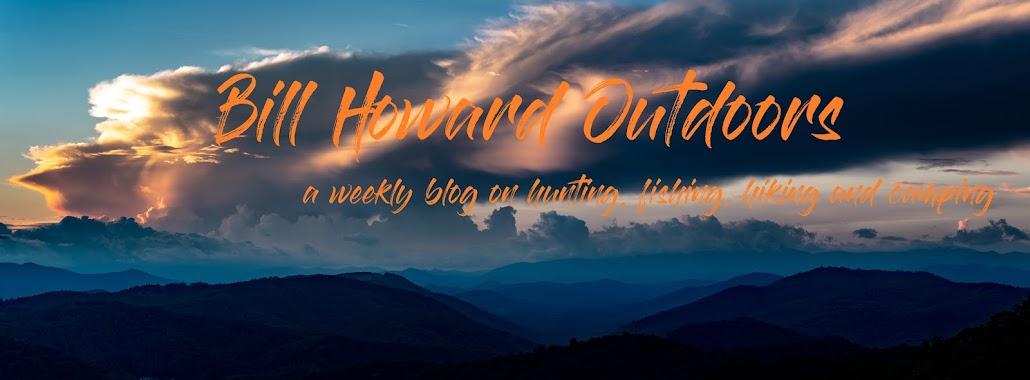Watching various documentaries on animals, hunting and fishing, one can become awestruck by the beauty of the photography and videography while listening to the voice over. Whether it was old television shows like Mutual of Omaha’s Wild Kingdom, or even current offerings such as River Monsters or any number of Shark Week presentations, someone had to get in position and do what most would not in order to get the shots that keep us glued to the screen.
I have heard people remark about how there was no way they would get as close as the hunter was to a charging Kodiak bear, yet they forget that there was another person, holding the camera trying to get the shot.
I follow a gentleman named Mike Eastman, who I believe is one of the premiere outdoors photographers. He continuously goes out and hunts for the photo. Each week he posts and displays samples in which he is hanging on the side of a thousand foot cliff so he can get a shot of two bighorn sheep ramming horns to establish dominance. Or it may be a grizzly staring directly at the camera after lifting his head with a mouth full of vegetation. And yes, it may be a shot of a mountain lion putting on a stalk of an unexpecting elk calf. Each case, he has put himself in harm’s way in order to pull off what most would consider a shot of a lifetime.
Daily, there are people such as he that do those same things in order to get the story or the photo, or both.
I am sharing this information to give you, the reader, an inside look at what has to happen in order to make the story interesting.
I recently was approved for a story regarding shark fishing on North Carolina’s coast in large part due to the national media’s coverage of the attacks. If things go right, and I can land the photo I want, it is possible to get the cover of the magazine as well. Magazine cover photos are a big deal for journalists and photojournalists and the pay reflects such.
Now the magazine does not want a hero shot of someone sitting on a shoreline holding a big shark. The magazine needs something that will reach out to the person at the newsstand and make them want to buy the magazine. There has to be action, but the photo has to tell a story.
So, for the shot, I need something like an underwater photo of the shark with the hook, bait, and line in the creature’s toothy jaws with the kayak angler’s silhouette above the out of focus water’s surface. There is only one way to make that happen. You have to have a camera under the water.
To set up the shot, we have to fish for sharks. We have to hook one that is large enough to garner that ‘wow’ effect. After fighting the shark for a bit, you have to tire him down to reduce the dangers of what happens next. Someone, me in this case, has to get into the now proven shark infested waters, get below the shark and angler, and compose the photo.
There is still more to it. Even though we may put ourselves in danger’s way, we still want to make it as safe as possible. For instance, while I am in the water trying to capture the shot, the angler is using gear a little heavier than what one would usually use. The reason? Just in case the shark is tempermental with a hook in his mouth and decides to make a beeline towards me, the angler will have a better chance of at least tightening the drag and making the fish turn with a good tug of the rod.
There is also a chance the shark could overturn the kayak. Well, if I am in the water and the angler ends up in the water too, we need someone else to help get the two of us out. For this reason there will be a boat tethered to the kayak and beside it with another person inside. The boat person can assist myself or the angler out of the water if things go south quickly.
This is just a little of the type of planning that goes into getting some nature shots of dangerous animals and dangerous locations. There are other precautions we have taken as well, but it does show what we will do for a story and accompanying photo or video.

No comments:
Post a Comment